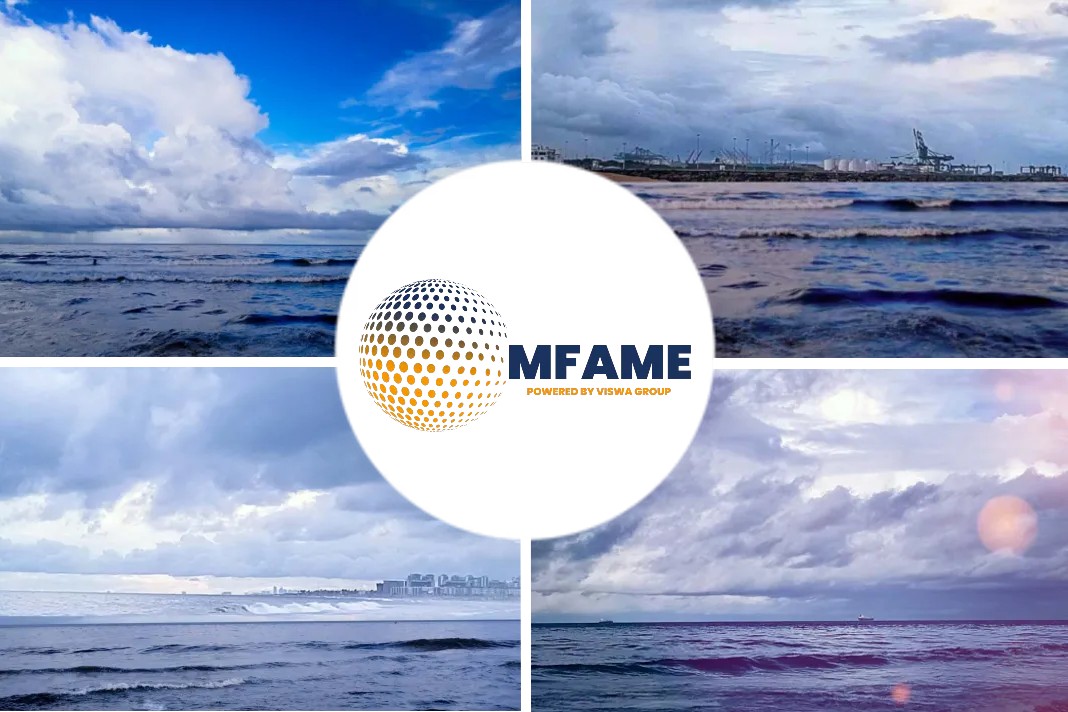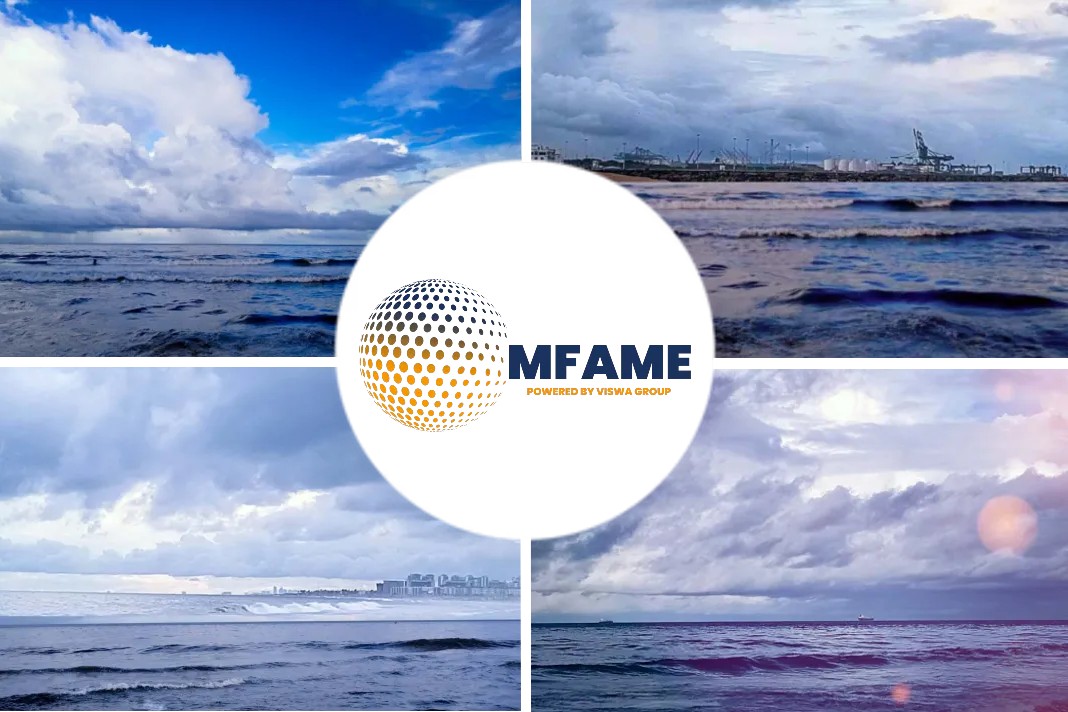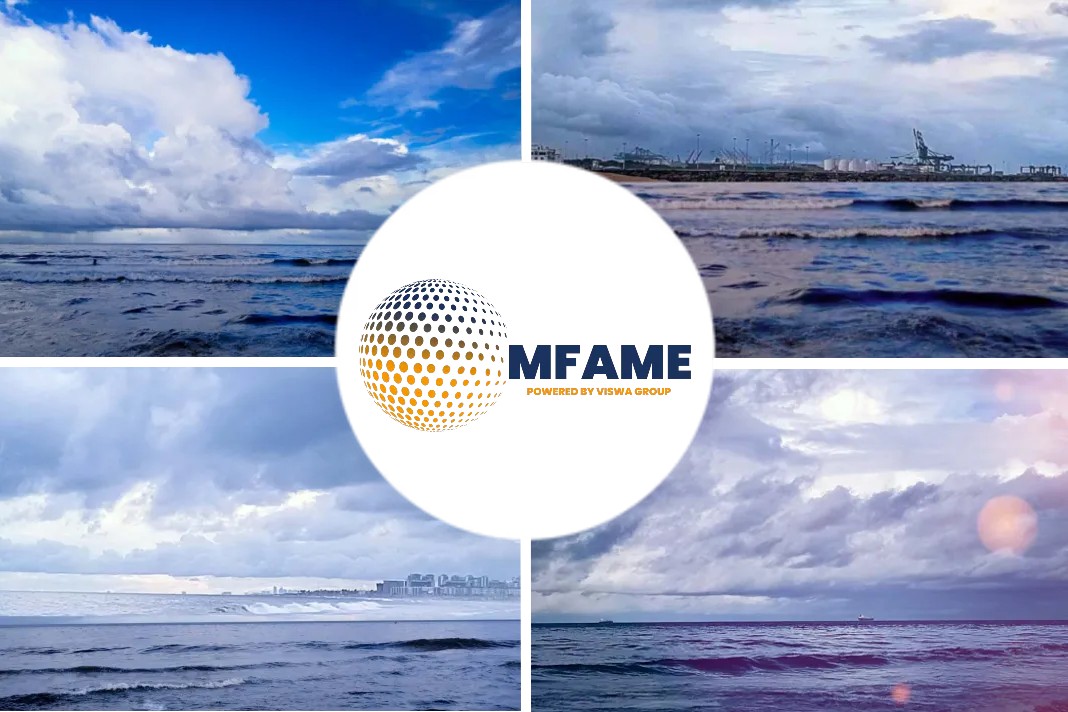
The Atlantic Ocean seabed, 18,000 kilometres away from the Pacific Ocean, felt the effects of the enormous volcanic explosion that occurred there last year, as reported by BBC.
Ground motions
Hunga-destructive Tonga’s eruption On January 15, 2022, Hunga-Ha’apai generated pressure waves that travelled through the atmosphere, linked with the ocean’s surface, and activated 50 extremely sensitive seismometers that were submerged 5,000 metres beneath the surface of the ocean.
It was one of several fascinating events that the instrument network in the Azores, Madeira, and Canary Islands region had picked up.
The stations were built by scientists, under the direction of University College London, primarily for earthquake detection.
The objective is to map the planet’s interior using signals from ground motions and to identify the massive magma upwellings that formed the islands of the Portuguese and Spanish archipelagos.
Sinking cargo ship
Upflow, or UPward Mantle FLOW from Novel Seismic Observations, is the project’s name.
The detection of a cacophony of whale song, a distant volcano eruption, and the explosive sinking of a cargo ship carrying some of the most expensive cars money could buy—all of these things were unexpected.
The volcano signal is intriguing because it effectively conveys the magnitude and scope of the extraordinary Pacific event.
The ash cloud created by Hunga-Tonga was the largest ever observed, transporting rocky particles more than halfway to space.
But the energy involved also shook the atmosphere, sending what is known as Lamb waves everywhere.
Powerful eruption
These energetic airwaves travel at the speed of sound along a route determined by the planet’s surface.
They caused pressure fluctuations over the eastern Atlantic that were relayed to the seafloor.
According to Dr Stephen Hicks of UCL, “It must have been a long wavelength feature because we observe it best at the deepest seismometers on the abyssal plain, and less well in shallower seas.”
Look at the graph up there. It shows data from the Upflow instruments organised by how far Tonga is in the distance column.
The related Magnitude 5.8 earthquake sends seismic waves through the Atlantic network just over an hour after the start of the powerful eruption.
This signal will have travelled a few kilometres per second through the Earth’s crust and around the planet.
The wait for a Lamb wave is another 14 hours.
The gradient, or slant, in the chart is caused by the pressure disturbance’s slow motion—it flows across the network at a speed of only 330 m/s—which causes it to take some time.
The UPFLOW seismometers were installed on the ocean floor of the Atlantic Ocean for a year, from September 2021 to September 2022.
Scientists had to recover the submerged equipment in order to access and analyse the dataloggers that were built into them.
Significant earthquakes
Over the course of six weeks, a research vessel travelled from location to location to conduct the retrievals.
Principal investigator Prof. Ana Ferreira recalls that the protocols were similar to those of a space mission.
“Seismometers were secured to the ocean floor by anchors. Once we had delivered a unique code, they would be able to float back to the surface thanks to a release mechanism. Only one failed to return.”
The network captured seismic signals from more than 250 significant earthquakes around the world, including one with a magnitude of 8.2 in Alaska, as part of its year-long primary goal.
A strobe light
These large shocks have the ability to illuminate the internal structure of our world by acting as a strobe light.
Scientists are interested in learning more about the hot rock plumes that rise up from the earth’s crust and cause volcanoes when they break through.
As a result of such action, the Azores, the Canaries, and Madeira were all constructed. Another illustration is the Hawaiian arc.
Throughout geological time, plumes have also caused some of the biggest lava eruptions ever. There are areas in Siberia and India where hundreds of thousands of cubic kilometres of molten material spilt across the surface of the country.
Major extinctions
According to Prof. Ferreira, “These big igneous provinces,” as we refer to them, “coincided with changes in the temperature as well as major extinctions.”
Fortunately, nothing of such magnitude appears to be imminent under the region that Upflow is studying. However, it is still regarded as a superb laboratory.
It was located near the Mid-Atlantic Ridge, where some of the tectonic plates of the Earth collide. The surrounding continent of Africa would also have an impact on the flow of plumes. In the upcoming years, the Upflow team plans to release their imagery.
The European Research Council is providing funding for the initiative. Prof. Miguel Miranda from the Portuguese Institute for Sea and Atmosphere is a co-principal investigator (IPMA).
Did you subscribe to our newsletter?
It’s free! Click here to subscribe!
Source: BBC

























